Google expands Classroom with new features in free and paid tiers
More analytics and support for educators as Classroom evolves


Google has shown off updates for its Google Classroom product, aimed at improving the efficiency of educators and engagement of students.
The updates include an expanded Google for Education App Hub to help educators and administrators find apps that can be easily integrated into Classroom assignments as well as be easily provisioned and managed within the Google Admin Console.
Google also announced tile pairing in Google Meet - permitting the highlighting of two users in a meeting whenever one speaks - as well as Q&A and polling for live streams in an effort to boost engagement. Furthermore, the maximum number of participants in Meet for Education Plus subscribers is to be increased to 1,000 from 500.
Other globally available features for Education Plus subscribers include functionality permitting educators and support staff to temporarily visit a class to help or monitor educators without having to be assigned as co-teachers.
RELATED RESOURCE
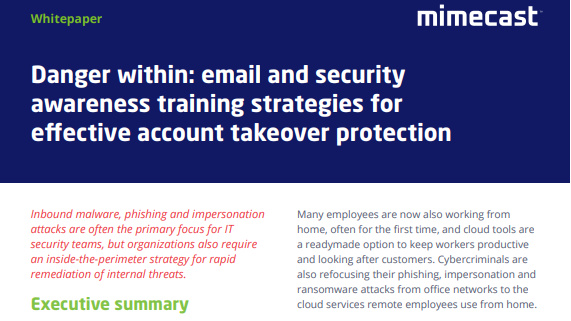
Security awareness training strategies for account takeover protection
Why you need an inside-the-perimeter strategy for internal threats
The company is also running an early access program for Read Along in Google Classroom, aimed at language teachers. The plan is that educators can assign reading assignments, monitor class and pupil performance (using metrics such as speed, accuracy and comprehension) and modify their plans accordingly.
Another beta allows simplified lesson planning through the sharing of links to useful material and permits other educators to preview and import classwork. The beta is only available with the Google Workspace for Education Plus edition.
Get the ITPro daily newsletter
Sign up today and you will receive a free copy of our Future Focus 2025 report - the leading guidance on AI, cybersecurity and other IT challenges as per 700+ senior executives
Also still in beta is practice sets which, according to Google, “makes it easier to support differentiated learning and see insights on students’ progress.” The tool also makes use of AI in the selection of resources.
Finally, as part of practice sets, Google plans to add the ability for Educators to add their own questions or select and edit questions suggested with the assistance of AI.
What is Google Classroom?
Google Classroom is a suite of tools aimed at making online learning easier and is constantly evolving as Google adds features.
The suite makes use of familiar Google products such as Docs, Sheets and Slides and its initial mandate was to remove the need for paper in classes. It has grown over the years with tools added to assist in remote learning and grading.
Although it will run in most environments that have browser access, an educational institution must still sign-up for the service in order to add students and educators to the platform.
While Google stores information such as the student’s name, it has said it does not use this for advertising. However, the company has come under fire in recent years for incentivizing schools to allow Google to collect data from some projects for “educational purposes.”
What will it all cost?
The updates to Google Classroom are useful additions, but some are limited to the Google Workspace for Education Plus, for which the company expects payment.
Google Workspace for Education Fundamentals - formerly known as G Suite for Education - is free, but to access tools such as insights and analytics, as well as security management and engagement features, users must subscribe.
While suites such as Google Classroom saw a substantial uptick in usage during the COVID-19 pandemic, administrators in the sector are particularly sensitive to cost when considering the updated features.
Google did not immediately respond to a request for comment on pricing for the updates.

Richard Speed is an expert in databases, DevOps and IT regulations and governance. He was previously a Staff Writer for ITPro, CloudPro and ChannelPro, before going freelance. He first joined Future in 2023 having worked as a reporter for The Register. He has also attended numerous domestic and international events, including Microsoft's Build and Ignite conferences and both US and EU KubeCons.
Prior to joining The Register, he spent a number of years working in IT in the pharmaceutical and financial sectors.
-
 Frustration as MITRE CVE program funding expires
Frustration as MITRE CVE program funding expiresNews The cyber database is invaluable to security teams the world over, helping flag the most urgent vulnerabilities
By Rory Bathgate
-
 AI-first partnerships: Unlocking scalable growth for business
AI-first partnerships: Unlocking scalable growth for businessChannel partners play a vital role in facilitating AI adoption, but there's more to offering support than simple integration
By Neil Sawyer
-
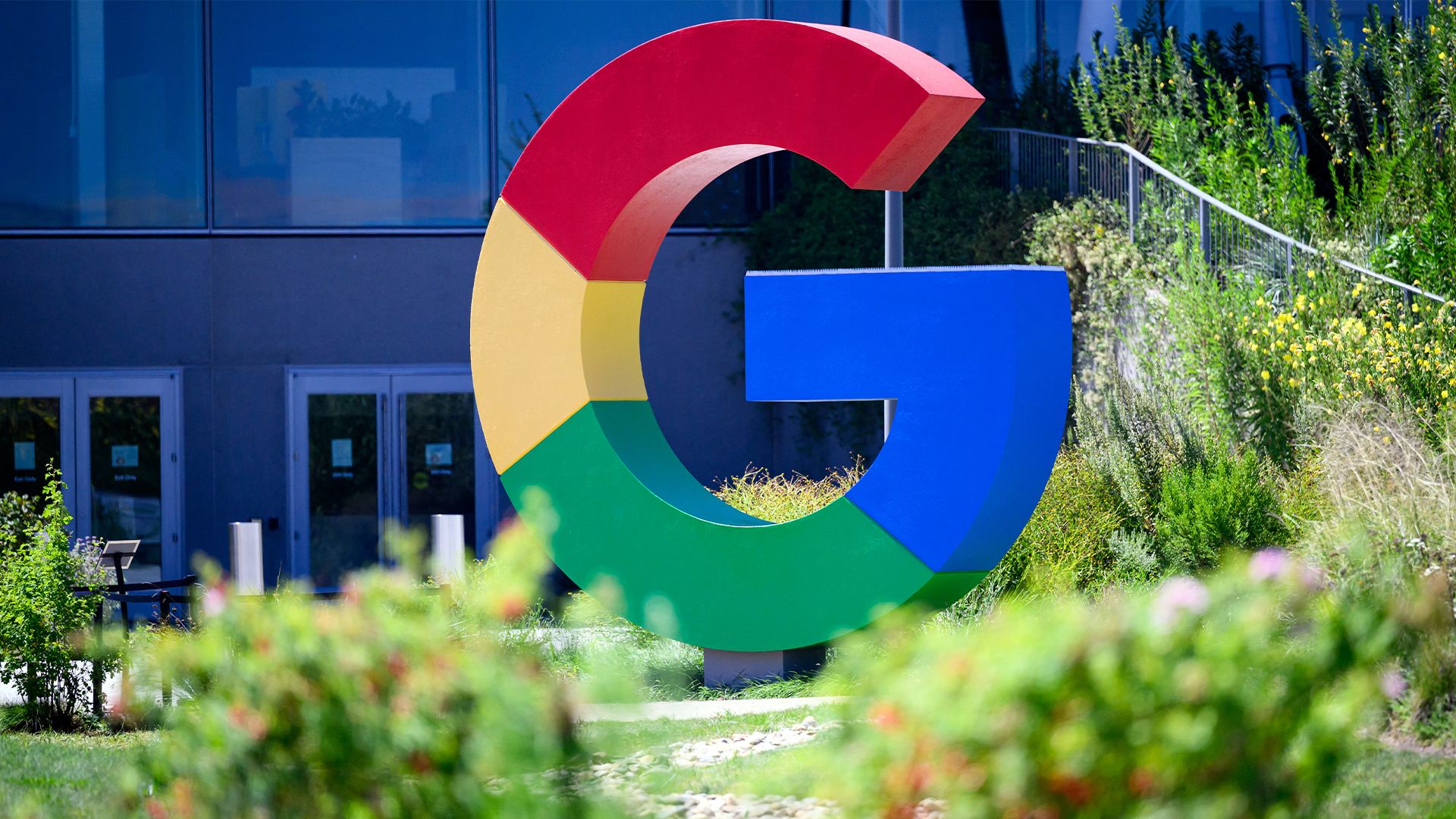 AI helped Google engineers cut code migration times in half
AI helped Google engineers cut code migration times in halfNews The firm also simplified communications as migrations can be completed by a single engineer
By George Fitzmaurice
-
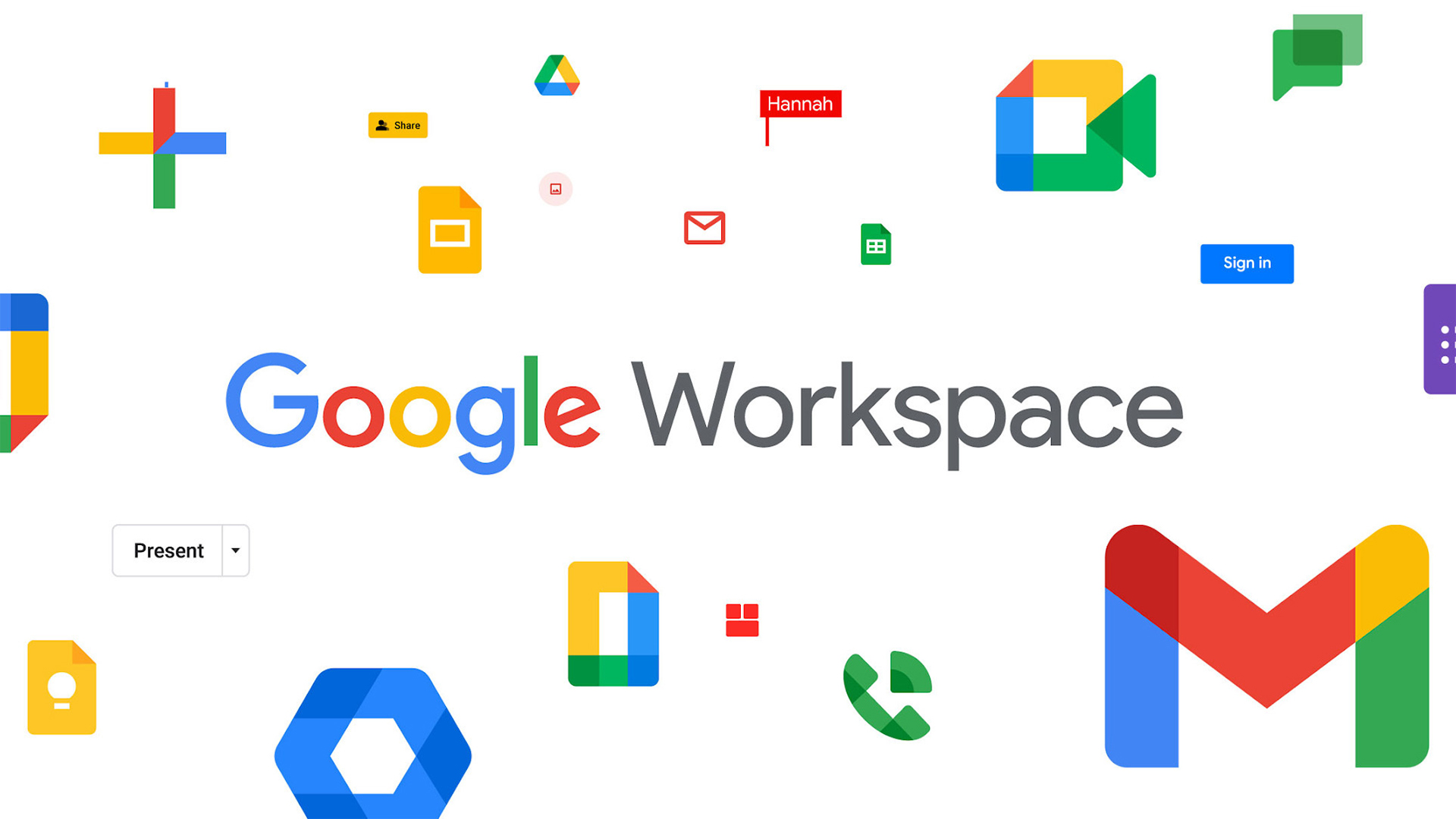 Google Workspace is getting a Gemini makeover – but prices are going to increase
Google Workspace is getting a Gemini makeover – but prices are going to increaseNews The new pricing structure may help Google boost competition with Microsoft
By George Fitzmaurice
-
 “There is no one model to rule every scenario”: GitHub will now let developers use AI models from Anthropic, Google, and OpenAI
“There is no one model to rule every scenario”: GitHub will now let developers use AI models from Anthropic, Google, and OpenAINews Devs will be given access to a broader array of AI models on GitHub – but there's more in store for users
By Emma Woollacott
-
 Inside Google’s “promising and pragmatic” approach to fixing software development’s memory safety problem
Inside Google’s “promising and pragmatic” approach to fixing software development’s memory safety problemNews Google has reaffirmed its commitment to bolstering the security of memory unsafe codebases.
By Solomon Klappholz
-
 Not all software developers are sold on AI coding tools – while productivity gains are welcomed, over a third are concerned about AI-generated code quality
Not all software developers are sold on AI coding tools – while productivity gains are welcomed, over a third are concerned about AI-generated code qualityNews Many software developers have concerns over the quality and security of AI-generated code despite marked productivity boosts
By George Fitzmaurice
-
 Redis insists license changes were the “only way to compete with Amazon and Google” — now it could face a user exodus
Redis insists license changes were the “only way to compete with Amazon and Google” — now it could face a user exodusNews Redis sparked controversy when it announced licensing changes in March this year – but the company believes the move was warranted
By Ross Kelly
-
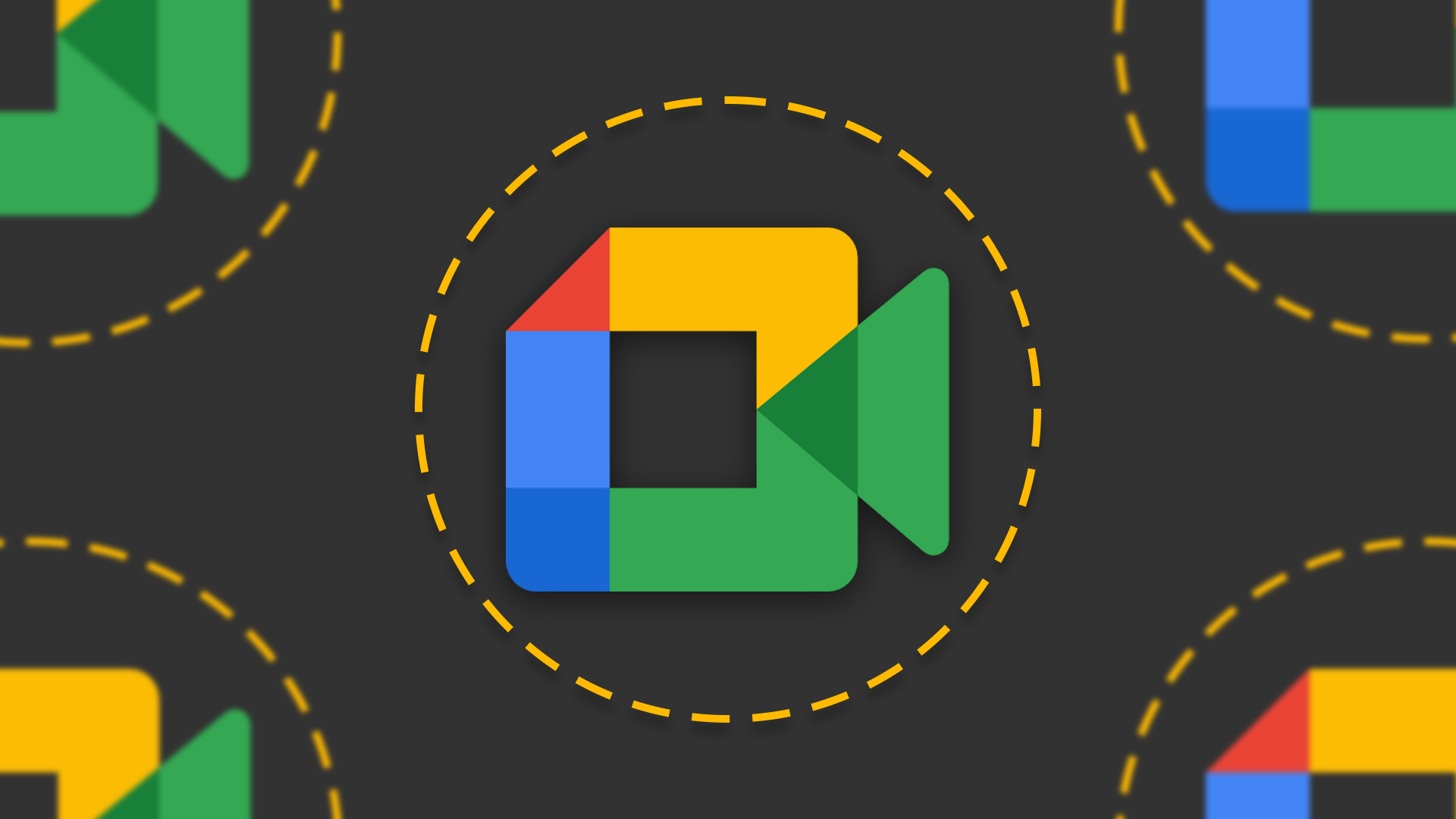 Google Meet can now take notes so you don’t have to
Google Meet can now take notes so you don’t have toNews The new Google Meet features will begin rolling out immediately
By Nicole Kobie
-
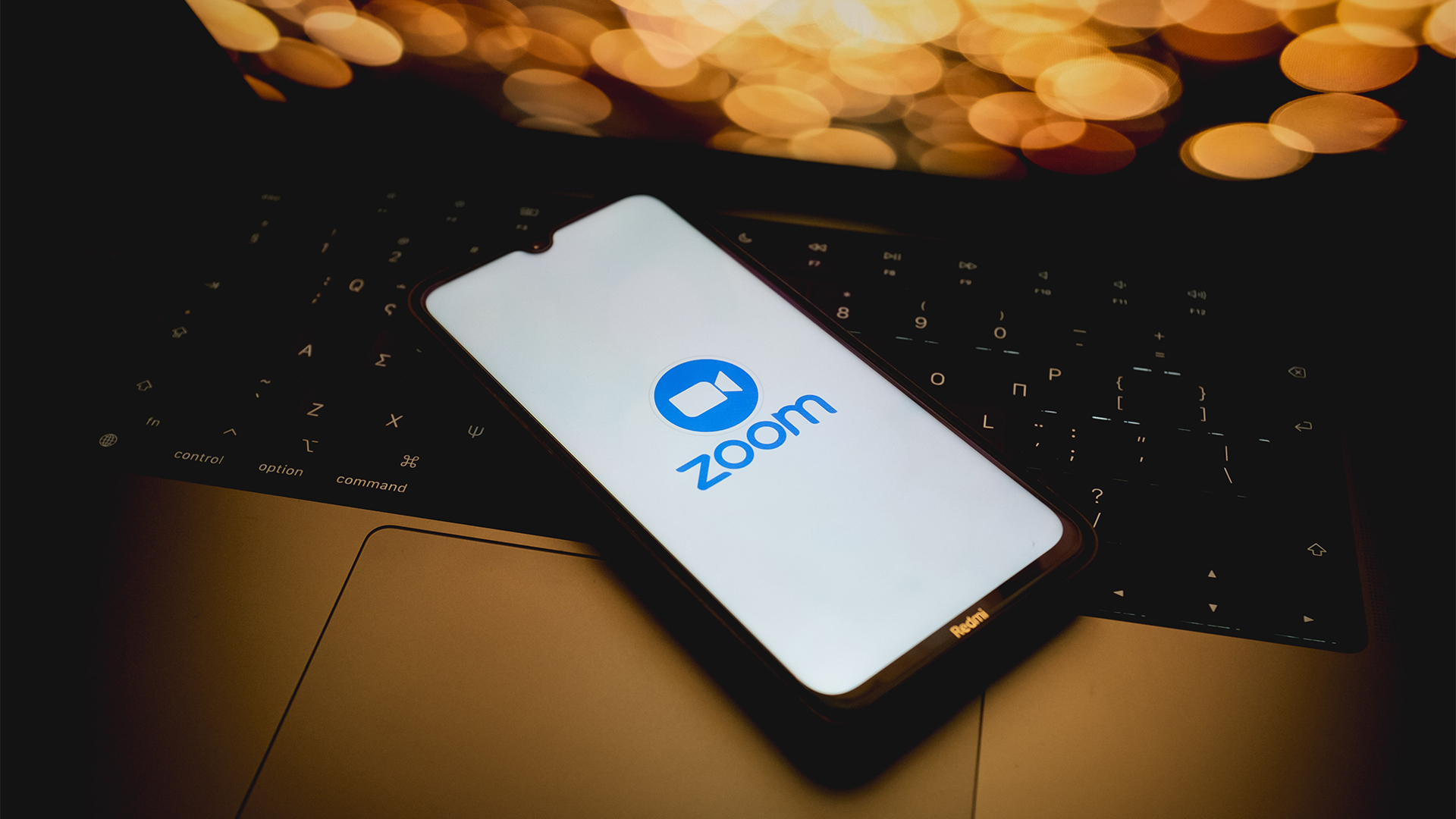 Zoom wants to take on Google and Microsoft with its own Docs
Zoom wants to take on Google and Microsoft with its own DocsNews Zoom Docs arrives loaded with generative AI – and the company hopes to mount a serious challenge against industry heavyweights
By Nicole Kobie